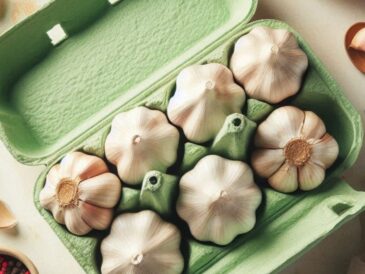Yellowing caused by UV exposure requires specific treatment:
- Mix 1 part white vinegar with 2 parts warm water in a spray bottle.
- Spray the solution generously on the yellowed areas.
- Let it sit for 10 minutes, then scrub lightly with a non-abrasive sponge.
- Wipe clean with a damp cloth and dry with a microfiber towel.
For severe yellowing:
- Apply hydrogen peroxide directly to the yellowed surface using a cloth or cotton pad.
- Cover the area with plastic wrap to prevent the hydrogen peroxide from evaporating.
- Leave it for 1–2 hours (preferably in a shaded area).
- Remove the plastic wrap, rinse with water, and dry.
4. Removing Mold or Mildew
If you notice black or green spots (mold or mildew):
- Mix equal parts white vinegar and water.
- Spray the solution on the affected areas and let it sit for 15 minutes.
- Scrub the spots with a toothbrush or sponge.
- Rinse thoroughly and dry the area to prevent further mold growth.
Preventative Maintenance
To keep your plastic window sills clean and prevent future discoloration:
- Regular Dusting: Wipe the sills weekly with a dry or damp microfiber cloth to remove dust and dirt.
- Avoid Harsh Chemicals: Steer clear of bleach or abrasive cleaners, which can damage the plastic surface.
- UV Protection: Use UV-blocking window films or curtains to reduce yellowing caused by sunlight.
- Quick Spill Cleanup: Wipe spills promptly to prevent staining.
Natural Alternatives for Eco-Friendly Cleaning
- Lemon Juice: Its natural acidity helps whiten yellowed plastic. Apply freshly squeezed lemon juice, let it sit for 15 minutes, then rinse and dry.
- Essential Oils: Add a few drops of tea tree oil to your cleaning solution for its antibacterial and mold-preventive properties.
FAQs About Cleaning Plastic Window Sills
1. Can I use bleach to clean plastic window sills?
It’s not recommended. Bleach can weaken the plastic and leave a residue that might cause further discoloration.
2. How often should I clean my window sills?
Dust weekly and perform a deeper clean every 1–2 months to prevent grime buildup.
3. What if the yellowing doesn’t go away?
Severe yellowing may be permanent due to UV damage. In such cases, consider repainting or replacing the window sill.
4. Is hydrogen peroxide safe for all types of plastic?
Hydrogen peroxide is generally safe, but test it on a small, inconspicuous area first to ensure compatibility.
Conclusion
Cleaning and maintaining plastic window sills doesn’t have to be a daunting task. With these effective methods and preventive tips, you can restore their original shine and prevent future discoloration. A little regular maintenance goes a long way in ensuring your window sills remain clean, bright, and free from dirt or yellowing!




